The common evening primrose (Oenothera biennis) is a plant of the Onagraceae family, which typically blooms from June to September. It goes by many common names such as coffee plant, cure-all, fever plant, heavenly blue, blue star, and evening star.
The flowers of the common evening primrose open in the evening and fold back to close by mid-morning.
The name “evening primrose” derives from two characteristics: first, its flowers open in the evening; second, it has petals that are reminiscent of primroses; hence the name.
Identification
At the top of a tall flower stem, the yellow flowers are three-quarters of an inch to one inch wide, with four petals that are deeply notched at the top.
Yellow evening primrose will grow to about 1 meter (3 feet) tall, but it may be shorter during droughts or in shady areas. It has an upright habit with a distinctive appearance. Stems produce roots at their joints.
Typically, in the UK, there are at least four species of this primrose. One variety (Oenothera speciosa) has pink flowers and from far looks like a small white daisy. It is sometimes called pink ladies, showy evening primrose, or Indian primrose.
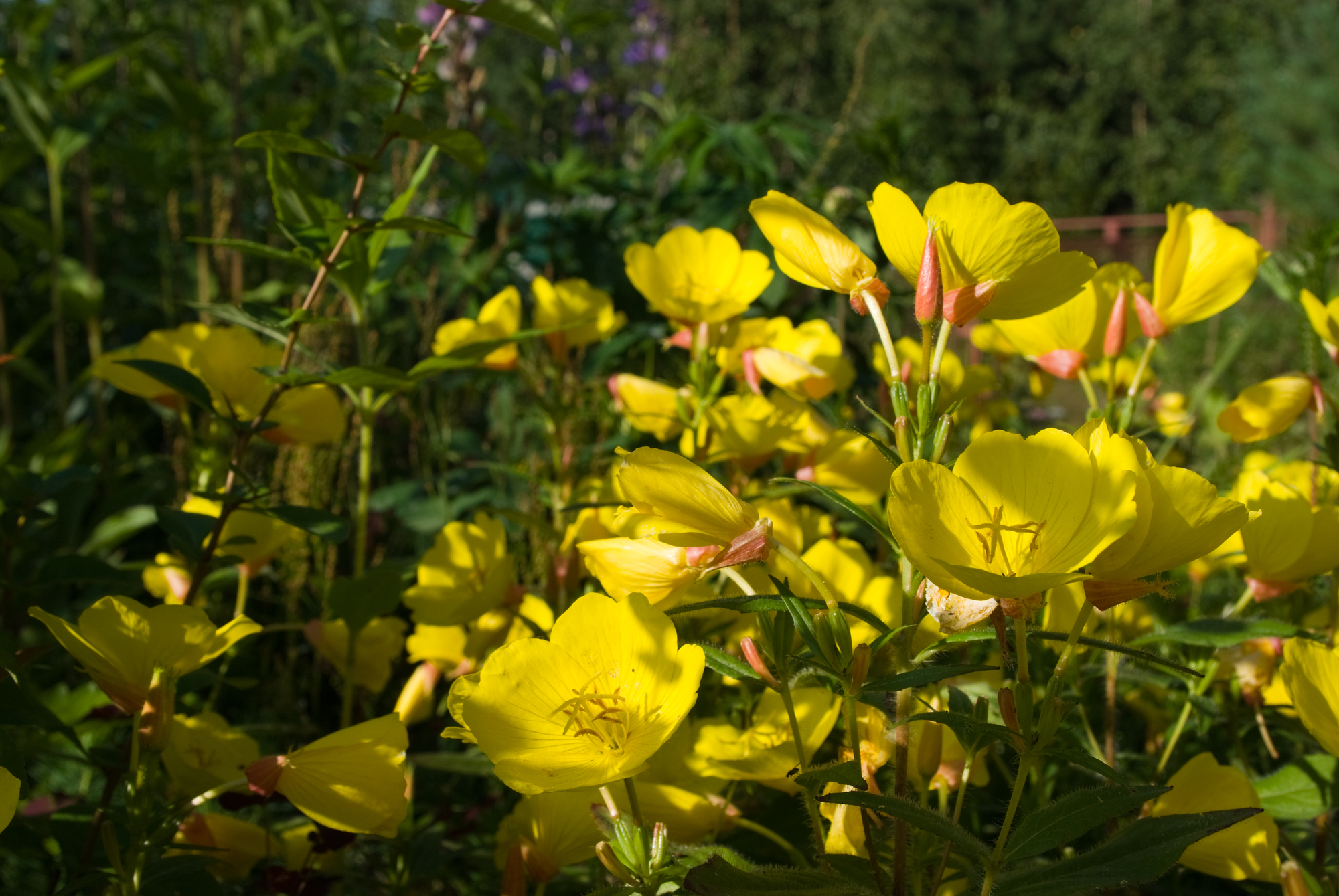
Where Can You See It?
The common evening primrose flower is found in the dry plains and valleys of the eastern United States and Canada. In Ohio, it favours dry areas of low elevation, such as roadside ditches and fields, and may be found wild in addition to being grown in gardens. It is an abundant plant throughout its range.
The plant is native to North America, being found abundantly in the Rocky Mountain, North Central, and Great Plains regions.
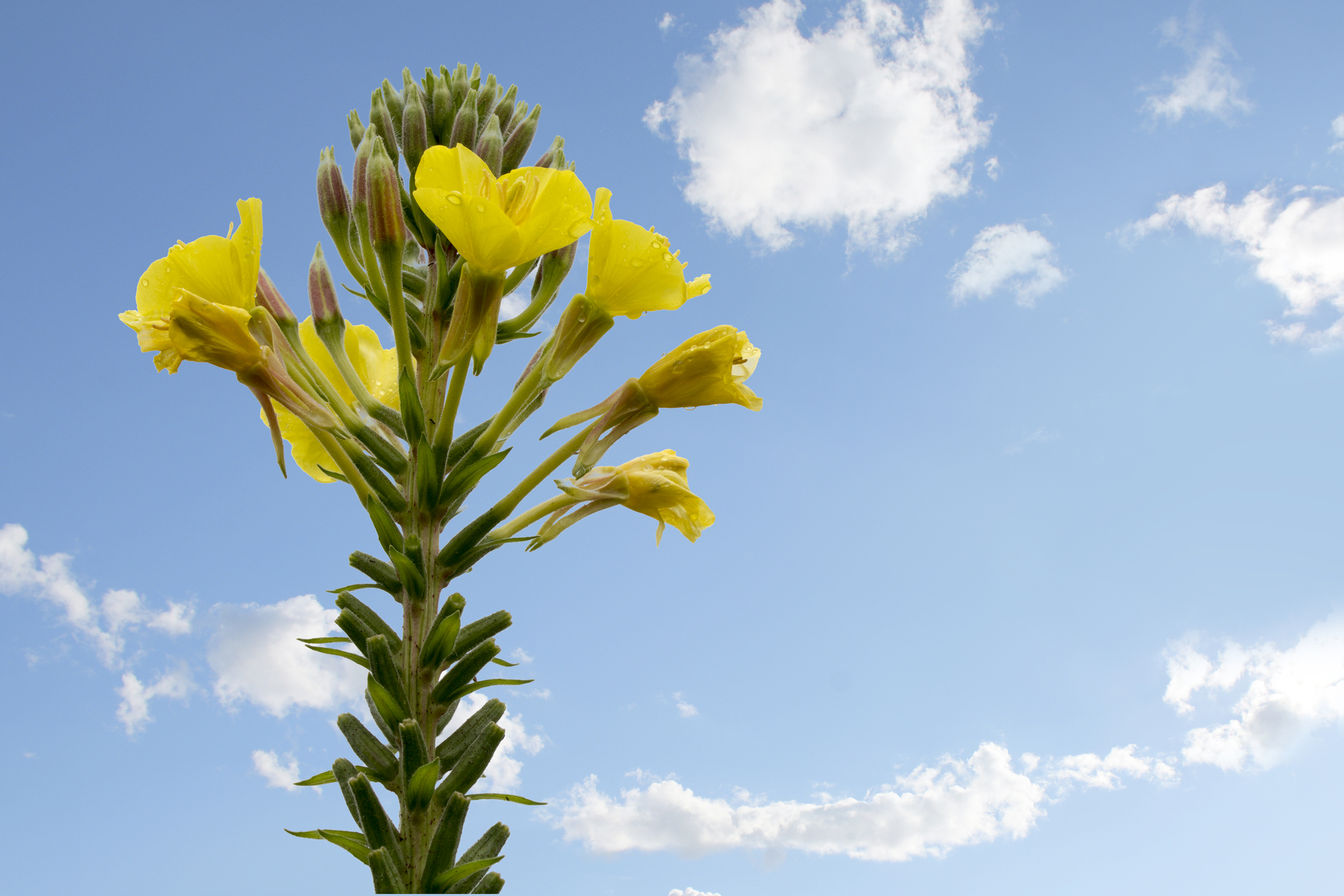
Can You Eat Evening Primrose?
Evening primrose is not only edible but is also tasty. It can be used as a potherb or cold salad, similar to spinach. The bowl-shaped leaves are the most common part eaten, although the stems and flowers are also edible.
Similarly to spinach, common evening primrose plants have oxalic acid which will require it to be boiled for several minutes in order for it to be fully consumed. They taste somewhat like artichoke hearts and are high in calcium, iron and protein. The whole plant can also be used to make tea.
Evening primrose seeds can also be eaten, raw or cooked; they taste like sunflower seeds, although they are smaller in size than sunflower seeds.
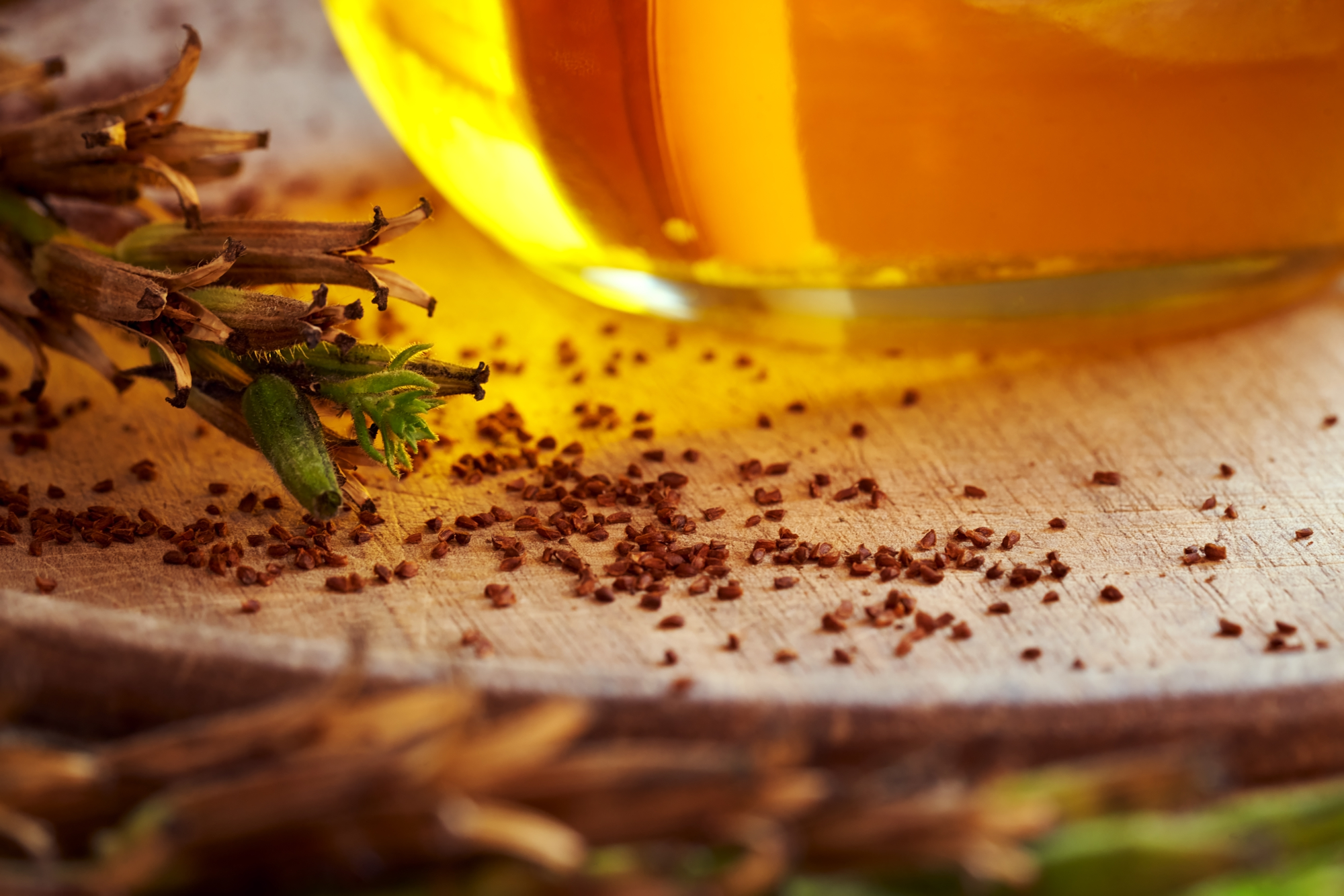
What Is Evening Primrose Plant Good For?
- The oil from the seeds of the common evening primrose plant was traditionally used by herbalists for medicinal purposes.
- This oil is used in complementary and alternative medicine to decrease premenstrual syndrome and to treat skin disorders such as dermatitis and psoriasis.
- It can also be extracted from the seeds of the plant and used as cooking oil.
- This is an important plant in Native American traditions. The Crow tribe uses it medicinally.
- The Mexican peoples have used the oil from the seeds for centuries for ceremonial purposes.
- A study in the 1980s suggested that evening primrose oil benefits included reducing inflammation and can be used as a treatment for rheumatoid arthritis.
- The plant is used as a food source for wildlife, particularly deer.
- It is also much-loved by pro and novice gardeners and can be kept as ornamental plants, or easily grown in gardens.
- The seeds are used for fermenting beer, and can be part of a historic recipe for “Sambuca”.
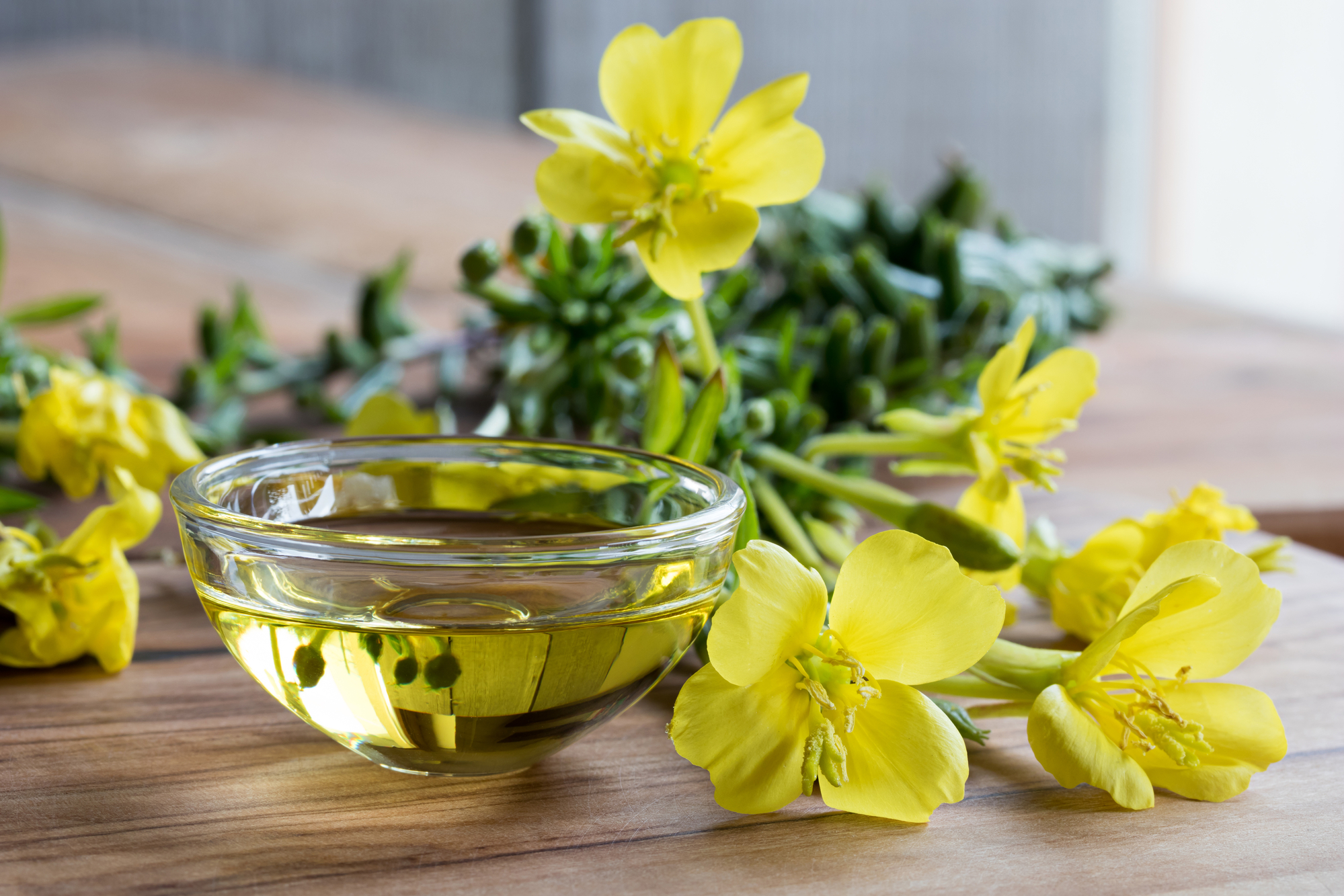
Growing Common Evening Primrose
Evening primrose can be considered a border plant. Its height can reach up to 1 meter (3 feet). You can grow it from indoors, and will do well in both light shade and full sun.
You can bring the seeds outside after they have germinated and grown several leaves. Put them in a sunny location with well-drained soil and little water. It does not need much light and can be grown as an annual or perennial herb. It will thrive with soil that has been mixed with organic matter.
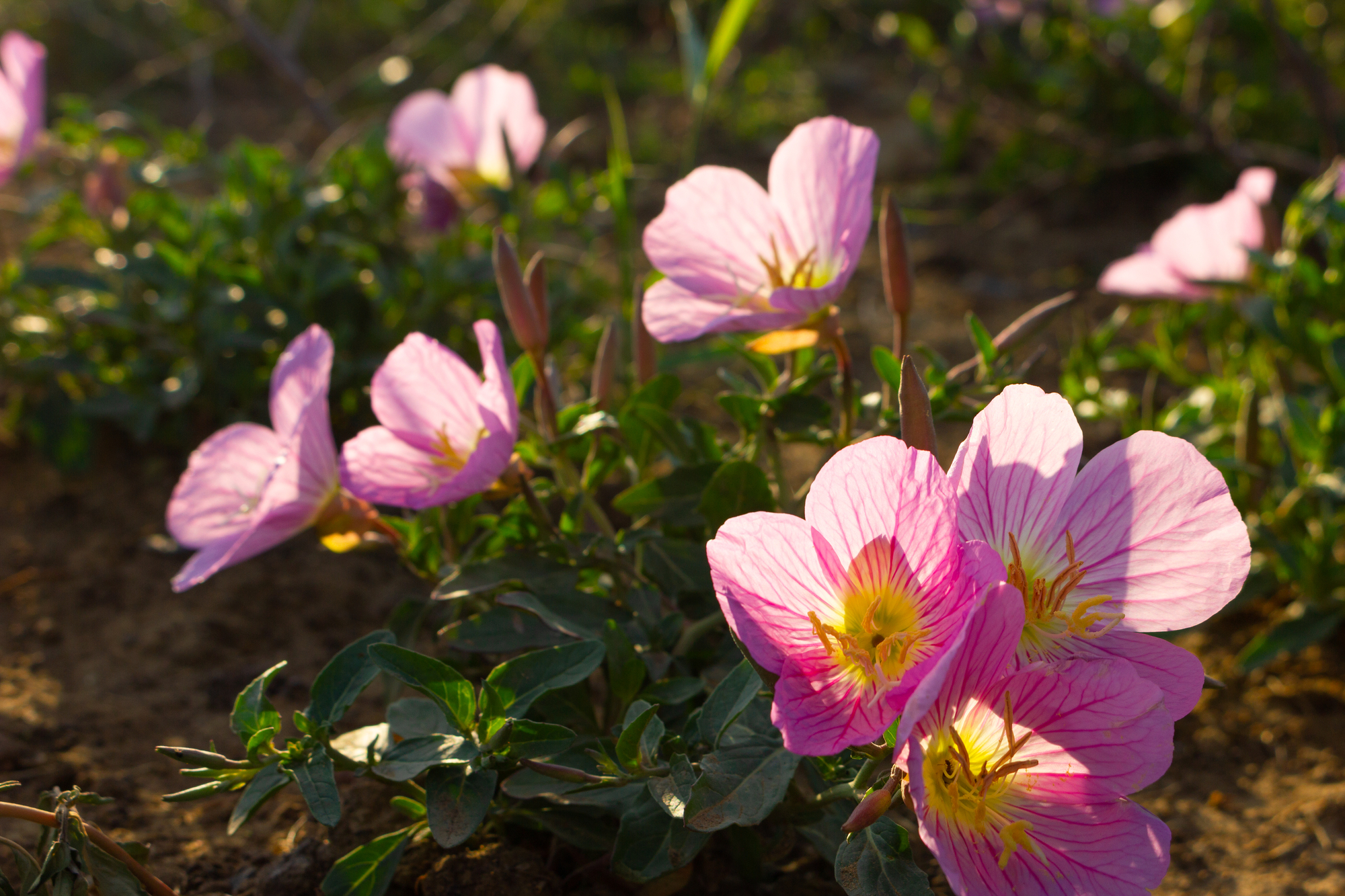
The Evening Primrose In Literature
The Oenothera biennis common evening primrose plant is the subject of a poem by the American poet and writer Emily Dickinson. The poem was written in 1874. Her themes include mortality and decline:
“I like to think that we make life like the evening primrose: at first bright and strong and lovely; later faint and yellow and withered; but always bright at dawn.”
Emily Dickinson also refers to the Evening Primrose in a poem written in her last year.
“I have a little primrose,” she writes, “that I planted in the spring,” and a few short lines later hatches a host of butterflies: “And though it drooped and died away,/ It left its life behind.”
In Carl Phillips’ science fiction novel The Lovers (2004), set in the year 2084, the narrator describes himself as being from an aristocratic family who runs a vineyard on Mars. He describes how he has been working with various species of flowers that have been genetically modified to produce drugs that his company dispenses to the population. He writes that he’s grown evening primrose oil which he uses to treat his family’s depression and that the oil can be obtained by purchasing an evening primrose seed for four credits.
Sources and References
- Evening-Primrose – gardenorganic.org.uk
- Yellow Evening Primrose Plant: Wildflower In The Garden – gardeningknowhow.com
Sam loves to learn about animals and their habitats. He has been a nature lover from a very young age, and has been writing papers and articles about wildlife for as long as he can remember.

Is Evening Primrose as invasive as Spiderwort? Many people in my neighborhood have yellow Evening Primrose and I love it and would love to grow some, but I don’t want to have to battle it like I did with the Spiderwort. I’m still pulling up shoots of it! Thank you.